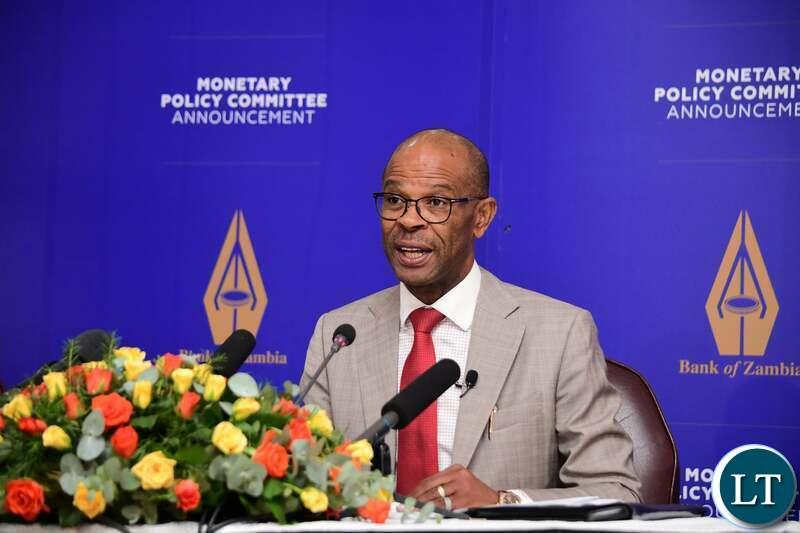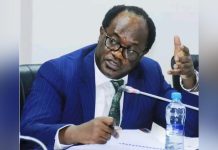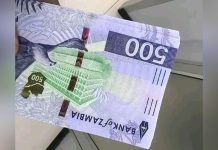Africa-Press – Zambia. The Bank of Zambia (BoZ) has said that the Gross International Reserves rose to 1.4 billion dollars equivalent to 2.6 months of import cover at the end of June from 1.2 billion at the end of March.
In a Monetary statement released to the media, BoZ said that reserves rose to 2.9 billion dollars equivalent to 5.4 months import cover after the receipt of the 1.3 billion dollar IMF Special Drawing Rights at the end of August.
The Central Bank Chief revealed that demand for government bonds surged with the subscription rate rising to 162.2-percent from 66.3-percent in the first quarter.
He attributed the move to mostly high yield rates and improved investor sentiments following the credit rating upgrading by Fitch in April which further attracted nonresident investors who accounted for about 70-percent of bonds demanded.
Meanwhile, BoZ Monetary Policy Committee has maintained the Monetary Policy Rate at 8.5 percent. BoZ Governor Christopher Mvunga said that the decision was arrived at because of a favorable exchange rate and improved prospects for fiscal consolidation.
Mr. Mvunga says the committee remained mindful of the subdued economic activity and existing vulnerabilities in the financial system. Mr. Mvunga added that BoZ has however prioritized dismantling of domestic arrears, enhanced revenue collection, securing an IMF programme, and achieving a sustainable budget balance.
And Mr. Mvunga said Zambia’s economy is this year projected to grow by 1.6-percent and strengthen over the medium term. He said this is on the backdrop of the expected positive performance of sectors like ICT, electricity, public administration, and education.
Mr. Mvungu has projected inflation to decelerate faster than was earlier anticipated although it will remain above 6 to 8-percent from the current average of 22 point 6-percent.
He said the projection follows receding of some dominant risks, appreciation of the Kwacha, positive sentiments on Zambia’s economy, and prospects of securing an IMF program earlier than previously anticipated among others.
Mr Mvunga said that the depreciation rate of the Kwacha against the US dollar reduced further to 3.6 percent to an average rate of K22.41 in the second quarter compared to 4.4 percent in the first quarter following an improvement in the supply of foreign exchange, mostly from foreign portfolio investors and mining companies.
On a net basis, foreign financial institutions increased their foreign exchange sales in the market to US$452.3.million from US$13.2 million. In a similar vein, the mining companies supplied a total of US$573.3 million, of which US$374.9 million was directly remitted to the Bank of Zambia as tax payments.
To moderate exchange rate pressures, the Bank of Zambia sold US$35 8.2 million compared to US$259.7 million in the previous quarter. Recently the Kwacha has appreciated sharply mainly due to significant inflows from non-resident investors in Government bonds and improved market sentiments. Between July 1 and August 31, 2021, the Kwacha strengthened by 29.6 percent to K 15.94 per US dollar.
And BoZ Deputy Governor Administration Francis Chipimo said the financial sector has since early this year recorder a rise in demand for cash. Dr. Chipimo however allayed social media reports that the central bank is fighting withdrawals of funds.







